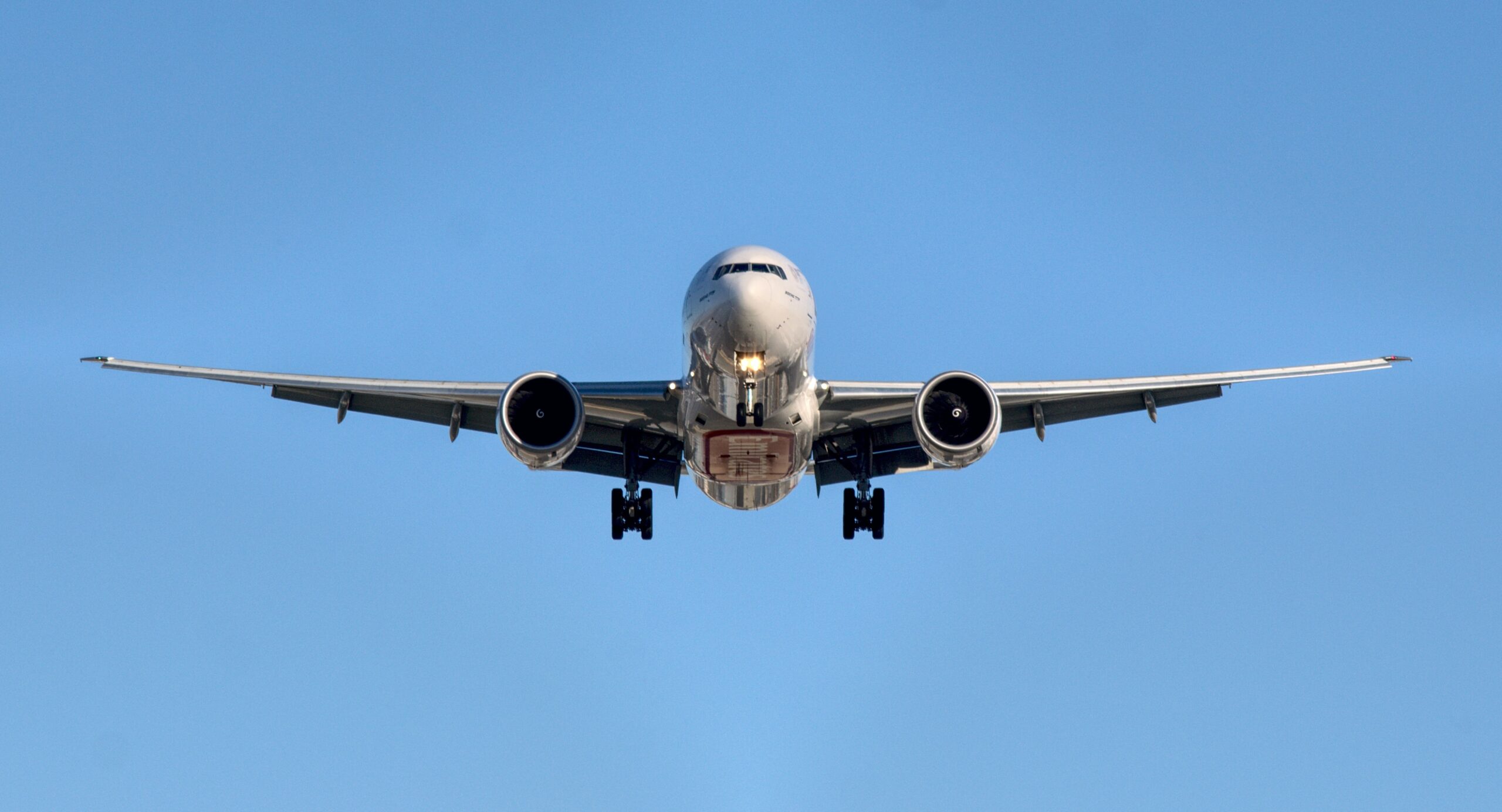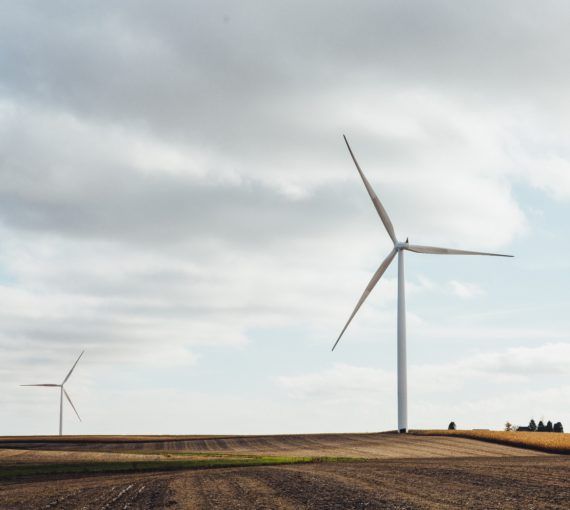
Canadians deserve a plan to reduce aviation emissions that puts the public’s interest ahead of profits. (Photo: Emanu via Unsplash)
The pandemic briefly slowed global air travel, but it’s taking off again.
Commercial flights were increasing steadily before COVID-19 hit — by about five per cent a year from 2000 to 2019 — and the International Air Transport Association projects a 500 per cent increase in passenger numbers by 2050!
That may be good for the sector, but it’s bad for the climate. The industry downplays its impact, claiming air travel contributes about two per cent of global emissions, but studies show that if “radiative forcing” is accounted for, it’s closer to 3.5 per cent. That’s significant: If aviation were a country, it would be the world’s fifth-largest emitter.
A relatively small number of people cause flight emissions. Frequent-flying “super emitters,” representing just one per cent of global population, caused half of aviation’s carbon emissions in 2018. Most people, about 90 per cent worldwide, don’t get on a plane in any given year.
Emissions from departing flights at Canada’s three biggest airports — Toronto, Montreal and Vancouver — are greater than the climate pollution from Syncrude, Canada’s largest-emitting oilsands operation.
If aviation were a country, it would be the world’s fifth-largest emitter.
When launching Canada’s 2030 Emissions Reduction Plan last month, Prime Minister Justin Trudeau said “we need to take steps across the economy” to meet Canada’s target to reduce greenhouse gas emissions 40 to 45 per cent by 2030 from 2005 levels.
But the aviation sector has so far been exempted from requirements to reduce its total emissions. Canadian airlines’ emissions increased by 75 per cent between 2005 and 2018, Transport Canada reports. Globally, the industry has only met one of its own 50 climate targets over the past 20 years.
Canada is planning to release an action plan to reduce aviation sector greenhouse gas pollution this year — a once-in-a-decade opportunity to finally turn the corner on rising air travel emissions. Let’s hope it’s better than the 2012 action plan — co-developed with aviation industry groups. It was voluntary, and delayed reductions to that sector’s total emissions until 2050.
And while 23 countries agreed at last year’s COP26 climate summit to support an ambitious, long-term goal to reduce aviation emissions in line with limiting global warming to 1.5 C, that agreement also lacks nearer-term emission reduction commitments. Similarly, IATA’s net-zero plan defers overall emission reductions to 2035, and relies heavily on “sustainable aviation fuel” and, to a lesser extent, carbon capture, both of which are costly, controversial and currently unavailable at the scale needed.
Canada is planning to release an action plan to reduce aviation sector greenhouse gas pollution this year — a once-in-a-decade opportunity to finally turn the corner on rising air travel emissions.
Delaying actual reductions, as these plans do, runs counter to the need to cut total global emissions 50 per cent by 2030 to prevent catastrophic warming beyond 1.5 C, as spelled out by the Intergovernmental Panel on Climate Change.
Fortunately, some countries are committing to cut aviation emissions over the near term. Denmark has promised to make all domestic flights fossil fuel–free by 2030, and the U.S. announced it would cut aviation emissions 20 per cent by then.
In April, France banned some short-haul flights, a move other European countries are considering (62 per cent of Europeans support a continent-wide ban). Spain and the U.K. are considering a tax on frequent flyers.
Canada’s new emissions reduction plan indicates that government will engage with industry and other stakeholders this year to reduce aviation emissions and decarbonize the industry.
Will Canada develop its new aviation plan with strong public participation, and include commitments to significantly cut aviation emission before 2030 — consistent with its climate targets? Or will it quietly co-write it with industry, like its 2012 plan, putting industry expansion and profits ahead of actual short-term emission reductions? (Aviation emissions increased 37 per cent since the 2012 plan was released.)
Will Canada develop its new aviation plan with strong public participation, and include commitments to significantly cut aviation emission before 2030 — consistent with its climate targets?
There’s reason to fear it will be the latter.
According to Transport Canada, the ministry has been engaging “industry partners” since early 2022 on the new plan, but it still hasn’t indicated when or how other stakeholders and the public will be engaged and consulted.
As the prime minister stated, no sector should be exempt from contributing to the fight against climate change and reducing emissions.
For decades, the aviation industry has been allowed to recklessly increase its climate-damaging emissions, putting its own growth and earnings ahead of planetary health and livability.
Canadians deserve a plan to reduce aviation emissions that puts the public’s interest ahead of profits. We can’t wait another 10 years.



